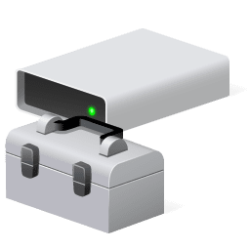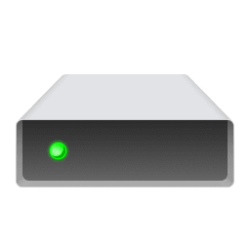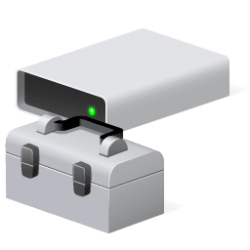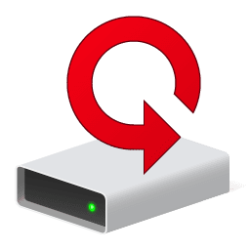This tutorial will show you how to check if a disk drive is using the GPT (GUID Partition Table) or MBR (Master Boot Record) partition style in Windows 11.
Disks can be divided into multiple chunks called partitions. Each partition - even if there's only one - has to have a partition style - GPT or MBR. Windows uses the partition style to understand how to access the data on the disk.
Most PCs use the GUID Partition Table (GPT) disk type for hard drives and SSDs. GPT is more robust and allows for volumes bigger than 2 TB. The older Master Boot Record (MBR) disk type is used by 32-bit PCs, older PCs, and removable drives such as memory cards.
Master Boot Record (MBR) disks use the standard BIOS partition table. GUID partition table (GPT) disks use the Unified Extensible Firmware Interface (UEFI). MBR disks don't support more than four partitions on each disk. The MBR partition method isn't recommended for disks larger than 2 terabytes (TB).
References:

Initialize New Disks
Initialize new disks with the Disk Management utility in Windows and prepare them for use or get help with troubleshooting.
learn.microsoft.com


Convert a disk to GPT or MBR
Learn how to convert a disk to GPT or MBR partition scheme (style) using Disk Management and the command line in Windows.
learn.microsoft.com

Convert a disk to GPT or MBR
Learn how to convert a disk to GPT or MBR partition scheme (style) using Disk Management and the command line in Windows.
learn.microsoft.com
Contents
- Option One: Check if Disk Drive uses MBR or GPT Partition Style in Settings
- Option Two: Check if Disk Drive uses MBR or GPT Partition Style in Disk Management View Menu
- Option Three: Check if Disk Drive uses MBR or GPT Partition Style in Disk Management Properties
- Option Four: Check if Disk Drive uses MBR or GPT Partition Style in Device Manager
- Option Five: Check if Disk Drive uses MBR or GPT Partition Style in Command Prompt
- Option Six: Check if Disk Drive uses MBR or GPT Partition Style in PowerShell
1 Open Settings (Win+I).
2 Click/tap on System on the left side, and click/tap on Storage on the right side. (see screenshot below)
3 Click/tap on Advanced storage settings to expand it open, and click/tap on Disks & volumes. (see screenshot below)
4 Click/tap on the Properties button for the disk you want. (see screenshot below)
5 You will now see the Partition Style of this disk as either GUID Partition Table (GPT) or Master Boot Record (MBR). (see screenshot below)
1 Open Disk Management (diskmgmt.msc).
2 Click/tap on View on the menu bar. (see screenshot below)
3 Click/tap on Top, and click/tap on Disk List.
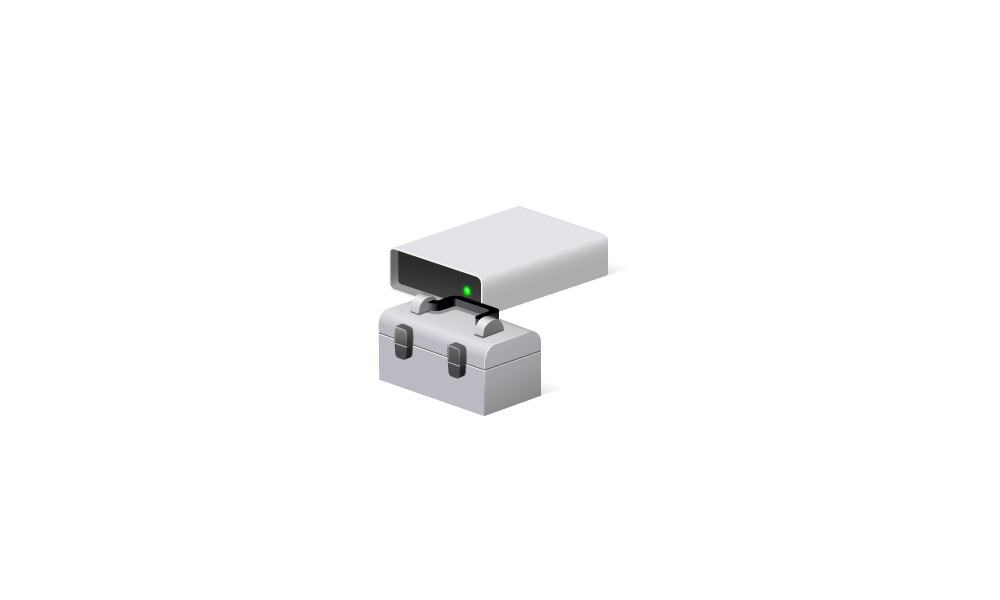
Change Top and Bottom View in Disk Management in Windows 11
This tutorial will show you how to change the top and bottom view in Disk Management for your account in Windows 10 and Windows 11. Disk Management is a system utility in Windows for advanced storage operations. Disk Management shows the details for each drive on your PC and all partitions for...
 www.elevenforum.com
www.elevenforum.com
4 You will now see the Partition Style of each disk as either GPT or MBR.
1 Open Disk Management (diskmgmt.msc).
2 Right click on the Disk # left box you want, and click/tap on Properties. (see screenshot below)
3 Click/tap on the Volumes tab. (see screenshot below)
4 You will now see the Partition style of this disk as either GUID Partition Table (GPT) or Master Boot Record (MBR). (see screenshot below)
1 Open Device Manager (devmgmt.msc).
2 Expand open Disk drives, and double click/tap on the disk you want to check. (see screenshot below)
3 Click/tap on the Volumes tab, and click/tap on the Populate button. (see screenshot below)
4 You will now see the Partition style of this disk as either GUID Partition Table (GPT) or Master Boot Record (MBR). (see screenshot below)
You must be signed in as an administrator to use this option.
1 Open Windows Terminal (Admin), and select Command Prompt.
2 Copy and paste the command below into Windows Terminal (Admin), and press Enter. (see screenshot below)
diskpart3 Copy and paste the command below into Windows Terminal (Admin), and press Enter.
list disk4 Look to see if each Disk # has a * (asterisk) in its Gpt column or not.
If a Disk # has a * in its Gpt column, then the disk uses GUID Partition Table (GPT).
If a Disk # does not have a * in its Gpt column, then the disk uses Master Boot Record (MBR).

Get-Disk (Storage)
Use this topic to help manage Windows and Windows Server technologies with Windows PowerShell.
learn.microsoft.com
1 Open Windows Terminal, and select Windows PowerShell.
2 Copy and paste the command below into Windows Terminal, and press Enter. (see screenshot below)
Get-Disk3 The Partition Style column will show GPT or MBR for each disk.
That's it,
Shawn Brink
Last edited:


